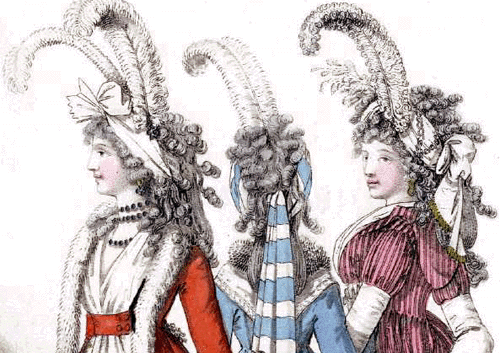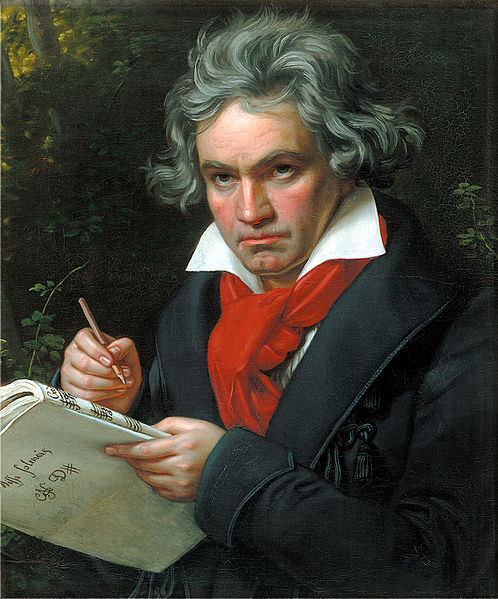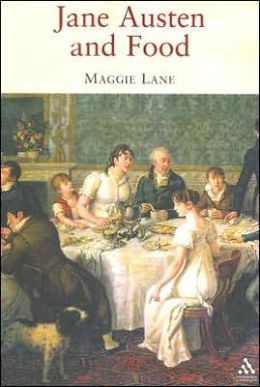The Bandeau: Hairbands, Regency Style
During Austen's era, fashion leaders looked to the past for inspiration. Anything that resembled ancient Rome or Greece was bound to be popular, from sandals and nymph like gowns, to short hair cuts for ladies, like the
Titus or
Brutus.

One accessory that remained popular from the late 1700's through mid 1800's, was the bandeau (plural
=bandeaux). The name comes from the French word for "strip" and involved wrapping ribbon, pearls or a length of fabric though one's hairstyle, or around one's head (sometimes even the forehead). The result was often styled "à la Grecque", no doubt heightening it's appeal all the more.

Although current fashion tended towards narrower skirts in the the 1790's, requirements for Court Dress remained unchanged. Hoops and plumes were necessary to gain an entrance to see the Queen and ladies of the period struggled to incorporate both into their trend setting wardrobes, as illustrated by this 1799 fashion plate.

The style was also common enough to be worn at home, with the family, as in this portrait:

Note the simple bandeaux worn in this detail of a painting (1801) of a woman looking through an artistic portfolio:

As gown styles changed with the years, sleeves, hems and waistlines moving up and down, the bandeau style remained popular.

In 1812, fashion magazines were still touting bandeaux, cloth or jeweled, as the hair wrap of choice:

Wearing jewelry as bandeaux was popular among those who could afford it. Pearls were a common choice, like those shown here.

The jeweled bandeau shown below (worn across the forehead) was most likely a wedding gift (and part of a complete set of amethysts) to Princess Auguste Amalia of Bavaria, on her 1806 marriage to Napeoleon's stepson, Eugene.

They (though not the portrait) remind me of Jane Austen's comment to Cassandra, written in 1800, about a mutual acquaintance, met with at a local Ball,
"There were very few beauties, and such as there were were not very handsome. Miss Iremonger did not look well, and Mrs. Blount was the only one much admired.She appeared exactly as she did in September, with the same broad face, diamond bandeau, white shoes, pink husband, and fat neck."

ACKERMANN'S
By 1829,
Ackermann's Repository was still citing bandeaux, though this time, worn across the forehead, as the height of fashion:
Ornaments for the hair are of various descriptions; arrows are much in request, they are worn in gold, pearls, cameos, coloured stones, and diamonds; sometimes two cross each other in the hair, and their ornaments always correspond with those of the bandeaux on the forehead. Pearl pins, the pearls set so as to have something of the appearance of small plumes, are also in favour; they are very long; two or three are arranged en gerbe, and intermingled with bows or curls of hair.- The coiffure is completed either by a bandeau of pearls, or a bouquet of flowers, placed very far back; long branches, composed of gold foliage mingled with wild berries or acorns in gold, or coloured gems, placed among long plumes of ostrich or marabous, form an extremely elegant coiffure. A single flower, composed of diamonds or coloured gems, with its foliage of gold exquisitely wrought, is a favourite ornament for the hair; it is always placed near the left temple. The coiffure is completed either by feathers or jewelled combs; butterflies in diamonds, or coloured stones, are more than ever in favour as an ornament for the hair; fashionable colours are vapeur, eminence, vert Irlandais, various shades of brown, rose, and lavender, and azure blue; this last is the favourite colour of the Duchess of Berry, and is in great request.
Today's modern headband is no doubt a lasting relic of the bandeau. Try one yourself, next time you need to add pizzaz to your Regency updo.
 One accessory that remained popular from the late 1700's through mid 1800's, was the bandeau (plural=bandeaux). The name comes from the French word for "strip" and involved wrapping ribbon, pearls or a length of fabric though one's hairstyle, or around one's head (sometimes even the forehead). The result was often styled "à la Grecque", no doubt heightening it's appeal all the more.
One accessory that remained popular from the late 1700's through mid 1800's, was the bandeau (plural=bandeaux). The name comes from the French word for "strip" and involved wrapping ribbon, pearls or a length of fabric though one's hairstyle, or around one's head (sometimes even the forehead). The result was often styled "à la Grecque", no doubt heightening it's appeal all the more.
 Although current fashion tended towards narrower skirts in the the 1790's, requirements for Court Dress remained unchanged. Hoops and plumes were necessary to gain an entrance to see the Queen and ladies of the period struggled to incorporate both into their trend setting wardrobes, as illustrated by this 1799 fashion plate.
Although current fashion tended towards narrower skirts in the the 1790's, requirements for Court Dress remained unchanged. Hoops and plumes were necessary to gain an entrance to see the Queen and ladies of the period struggled to incorporate both into their trend setting wardrobes, as illustrated by this 1799 fashion plate.
 The style was also common enough to be worn at home, with the family, as in this portrait:
The style was also common enough to be worn at home, with the family, as in this portrait:
 Note the simple bandeaux worn in this detail of a painting (1801) of a woman looking through an artistic portfolio:
Note the simple bandeaux worn in this detail of a painting (1801) of a woman looking through an artistic portfolio:
 As gown styles changed with the years, sleeves, hems and waistlines moving up and down, the bandeau style remained popular.
As gown styles changed with the years, sleeves, hems and waistlines moving up and down, the bandeau style remained popular.
 In 1812, fashion magazines were still touting bandeaux, cloth or jeweled, as the hair wrap of choice:
In 1812, fashion magazines were still touting bandeaux, cloth or jeweled, as the hair wrap of choice:
 Wearing jewelry as bandeaux was popular among those who could afford it. Pearls were a common choice, like those shown here.
Wearing jewelry as bandeaux was popular among those who could afford it. Pearls were a common choice, like those shown here.
 The jeweled bandeau shown below (worn across the forehead) was most likely a wedding gift (and part of a complete set of amethysts) to Princess Auguste Amalia of Bavaria, on her 1806 marriage to Napeoleon's stepson, Eugene.
The jeweled bandeau shown below (worn across the forehead) was most likely a wedding gift (and part of a complete set of amethysts) to Princess Auguste Amalia of Bavaria, on her 1806 marriage to Napeoleon's stepson, Eugene.
 They (though not the portrait) remind me of Jane Austen's comment to Cassandra, written in 1800, about a mutual acquaintance, met with at a local Ball,
They (though not the portrait) remind me of Jane Austen's comment to Cassandra, written in 1800, about a mutual acquaintance, met with at a local Ball,



